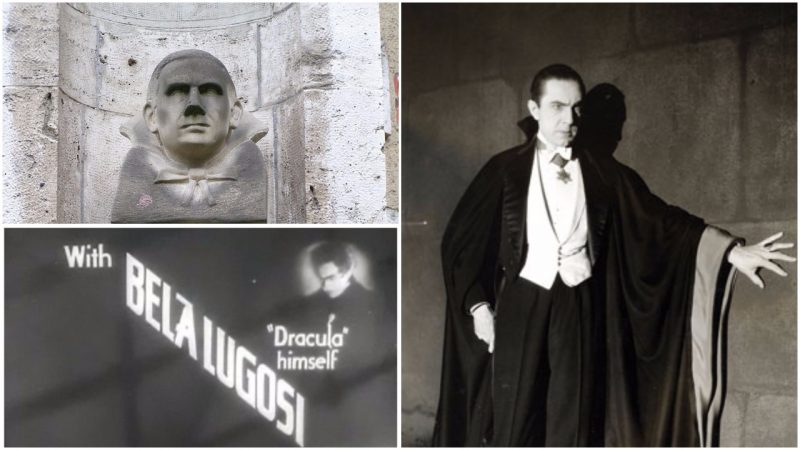I have never met a vampire personally, but I don’t know what might happen tomorrow.
-Bela Lugosi.
Bela Lugosi, the undisputed king of horror, had appeared in more than 100 movies, but for millions of audiences around the world, he would forever be linked with one role: that of the bloodthirsty Transylvanian aristocrat, Count Dracula.
His macabre appearance in the film, striking theatrical performance, and heavy Hungarian accent made him the epitome of Gothic horror.
The iconic portrayal of Count Dracula marked Lugosi’s career and gave him widespread recognition. He was 48-years-old when he got the part in the iconic film, and he was already many years into his acting career.
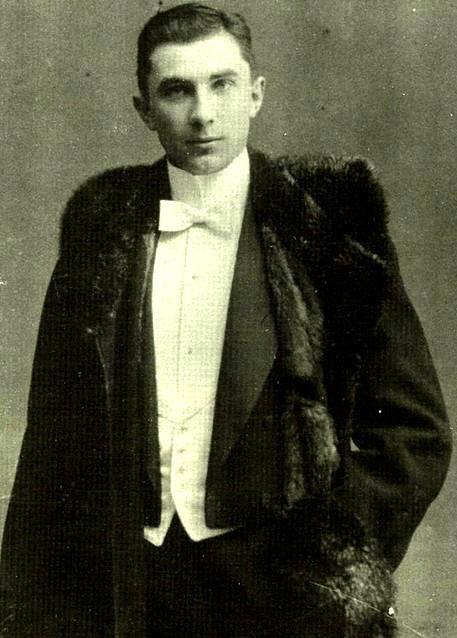
Lugosi was born Béla Ferenc Dezső Blaskó on 20 October 1882, in Lugos, Kingdom of Hungary (modern Lugoj, Romania). Coincidentally, his hometown was not far from Transylvania.
Lugosi dropped out of school at age 12 and began his acting career in 1901. Playing small roles in plays and operettas in provincial theaters led him to title roles in Shakespeare plays and other significant roles. He moved to the capital of Hungary, Budapest, in 1911 and played dozens of roles with the National Theatre of Hungary. He would later claim that he”became the leading actor of Hungary’s Royal National Theatre,” yet he mainly played in small and supporting parts.
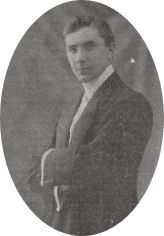
During the First World War, Bela Lugosi served in the Austro-Hungarian Army as an infantryman, where he rose to the rank of captain in the ski patrol. He was awarded Wound Medal for the wounds he suffered on the Russian front.
After the war, Lugosi continued his acting career and made couple appearances in Hungarian silent movies under the stage name Arisztid Olt. Before coming to the United States, Lugosi was in exile in Germany, where he fled after the collapse of the Hungarian Soviet Republic in 1919.
Upon his arrival in America, the 6-foot-1-inch, 180-pound actor enrolled the theater in New York City’s Hungarian immigrant colony, and after several small Hungarian plays, Lugosi got a role in this first English Broadway play, The Red Poppy, in 1922. Before getting the role of his career, Lugosi appeared in several projects.
In the summer of 1927, Lugosi was approached to star in a Broadway production of Dracula, adapted from Bram Stoker’s novel by Hamilton Deane and John L Balderston. Running 261 performance before touring, the Broadway production of Dracula was an immense success.
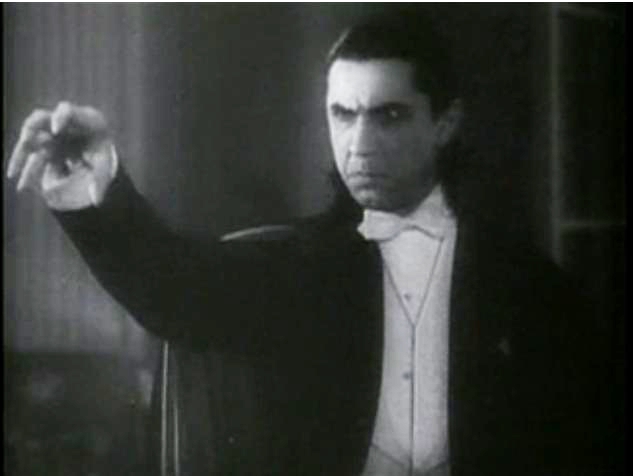
The enormous success of Dracula made the film version inevitable; Universal Pictures secured the rights both to book and the stage play.
Confident by his success on stage as Dracula, Lugosi was sure that he would play the title role in the 1931 film version of Bram Stoker’s book. Despite his critically acclaimed performance on stage, Universal Studios were not impressed by Lugosi as he was not among the actors of consideration for Dracula.
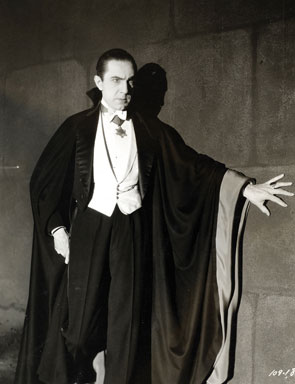
After he had been successful on Broadway, Lugosi was quite surprised and disappointed he was not the first choice for this role. While lobbying for the role, Lugosi had moved to Hollywood, where he started a contract with Fox Studios. Appearing in numerous bit parts and occasional main roles, Lugosi often played corrupt businessmen and exotic sheikhs.
At this time, Bela Lugosi began a torrid and highly publicized love affair with America’s”It Girl,” Clara Bow. But the actresses’ charms were not enough to distract Lugosi from his ultimate goal, to star in the upcoming production of Dracula. After swamping the director of Universal Pictures with letters, Lugosi finally got the title role in the film.
Shortly after the release, Dracula became an international sensation and Bela Lugosi was hailed the king of horror. Profitable and confident of his future, Lugosi became an American citizen; the press sought after him and portrayed him as “the Dark mysterious European.” It didn’t take long for Universal Pictures to realize that horror movies were a potential bonanza and they rushed to feature their new star in the screen adaptation of the Mary Shelley’s classic, Frankenstein.
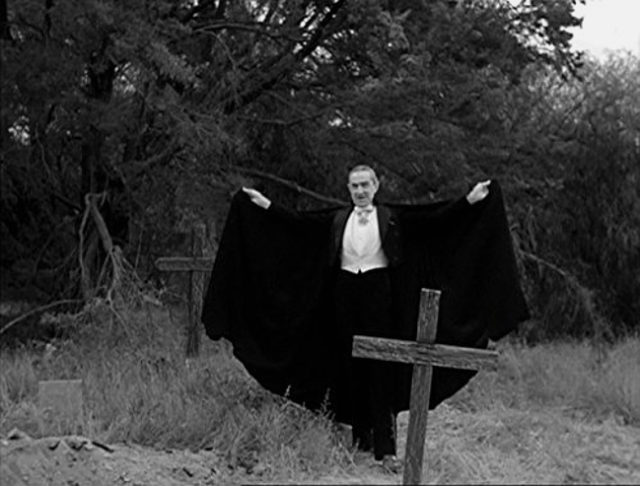
While submitting on a makeup test, Bella was not thrilled to play a mute role, especially one that would disguise his handsome features. So, Lugosi turned down the role and then relatively unknown 43-year old actor Boris Karloff was cast instead.
Released eight months after Dracula, Frankenstein proved to be an even bigger hit. After a couple of poor movies with Bela Lugosi in the main role, Universal Pictures declined to extend his contract, leading Boris Karloff to be the studio’s new horror superstar. Aware that he made the biggest mistake in his life turning down Frankenstein, Lugosi virtually accepted every role he was offered. In 1932, he appeared in what is now widely considered his best role as a white Haitian voodoo master in the independently produced horror classic, White Zombie.
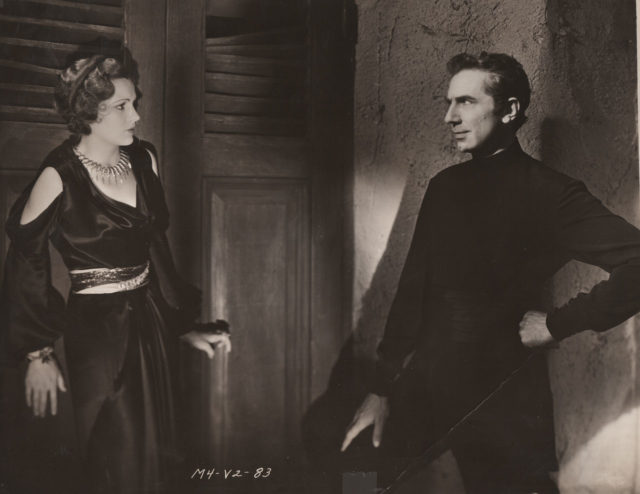
Although he excelled in playing powerful and commanding screen figures, the proud and sometimes stubborn Lugosi was powerless to secure a long-term studio contract. However, this didn’t stop Lugosi to enjoy a lavish Hollywood lifestyle, living far beyond his means; he dined in expensive resturants, smoked the finest cigars and drank the best wines.
In February 1933, Bela Lugosi married his fourth wife, Lillian Arch, a 20-year-old daughter of a prominent Hungarian-American family, with who he had his only child, Bela Lugosi Junior. At this time Lugosi’s career began to improve as Univeral Pictures decided to team up the two popular Horror stars, Dracula and Frankenstein. Lugosi and Karloff were paired in five movies: The Black Cat, The Raven, The Invisible Ray, Son of Frankenstein, Black Friday.
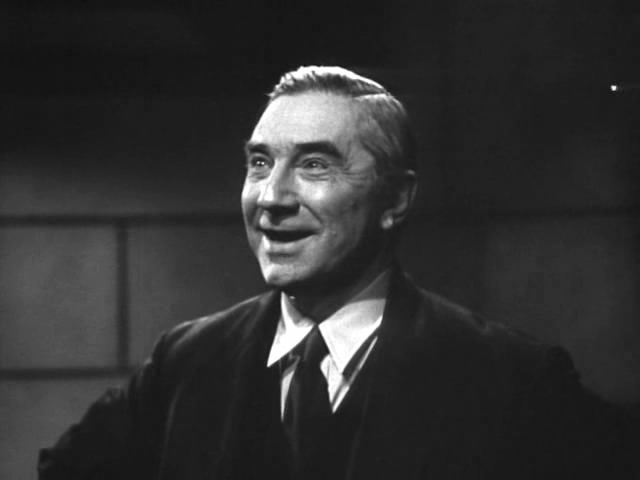
In 1935, Lugosi was cast in the virtually identical role as in Dracula in MGM’s Mark of the Vampire. To avoid typecasting, Lugosi took smaller parts in occasional nonhorror films and showed his versatility as an actor.
In 1939, Universal Pictures began production on the third installment of their profitable Frankenstein series, Son of Frankenstein. Second-billed to the popular Boris Karloff, who reprised his role as the immortal monster, Lugosi provided the most outstanding moments with his brilliant interpretation of the demented broken-necked Ygor. Son of Frankenstein was one of the biggest films of the year and Lugosi’s performance helped him reestablish his reputation as an actor of great talent.
In his 60s, Lugosi began suffering from debilitating leg and back pain.At first, he was treated with home pain remedies as asparagus juice, but soon after doctors increased his medication to opiates like morphine and methadone. At this time he was finally cast in the role of Frankenstein’s monster for Universal’s Frankenstein Meets the Wolf Man (1943), but Lugosi had no dialogue.
In his mid-60s with a chronic back pain and almost severe addiction to pain-killers, Lugosi maintained an exhausting work schedule, one which included extensive touring and stock theater.
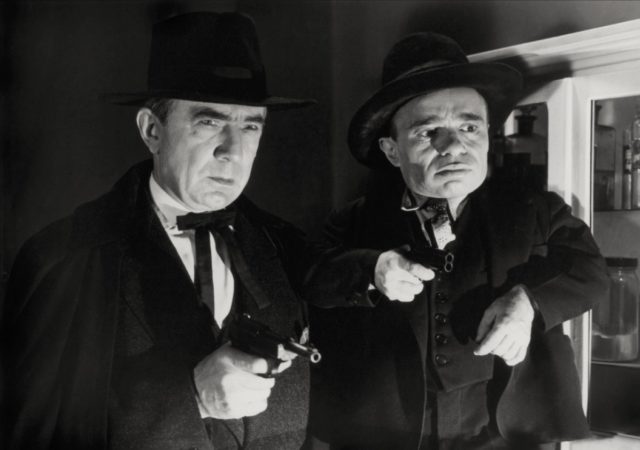
In 1948, Lugosi accepted his last assignment for a major studio in the horror comedy Abbott and Costello Meet Frankenstein, where for the second and the last time he played Dracula. Reprising the role that made him famous, Lugosi managed to look vigorous and youthful and his performance was considered a major success. Nevertheless, at this time the gothic screen monsters were considered outdated and quaint.
After years out of work, desperate of staying in oblivion, Lugosi accepted a small role in an experimental and ultra low budget picture directed by a more ambitious than talented director Ed Wood. Glen and Glenda was a bizarre mix of pseudo-sociology and transvestitism. As usual, Lugosi gave his best, but the movie was a mere disaster.
Lonely, infirmed and impoverished, at the very dawn of his career, Bela Lugosi discovered that his only true friends were the children who he had delighted for two decades as Dracula.
Far too old and far too ill and unable to find stable employment, Lugosi was forced to work exclusively with Ed Wood. Their next screen feature Bride of the Monster allowed Bela Lugosi to shine once again as a talented actor.
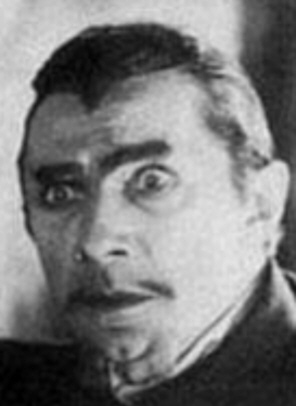
By 1954, Lugosi’s drug addiction severely damaged both his health and his marriage. Following the break-up of his marriage, Lugosi made several unsuccessful attempts to give up the morphine. Finally, in the spring of 1955, he voluntarily admitted himself for treatment. Lugosi’s physical problems and sad circumstances drew the attention to the public media, and the fading Dracula was once again in the newspaper front pages. However, this time rather than being described as the mysterious European hero, Bela Lugosi was dubbed “dope-addict.”
Following the treatment, Lugosi married for the fifth time to Hope Lininger in 1955. That same year, he made one final appearance int The Black Sleep.
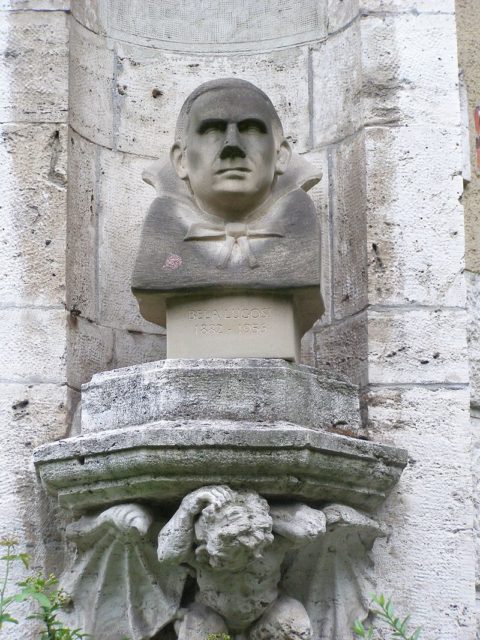
Unfortunately, Bela Lugosi’s dreams of a comeback were not to be. On August 16, 1956, while lying on a couch in his Los Angeles home, death came quietly for the 73-year-old actor who made a career by playing characters who never died. According to his son, Bela Lugosi Jr., he died with a script in his hands.
Lugosi was buried wearing one of the Dracula cape costumes, per the request of his son and fifth wife, in the Holy Cross Cemetery in Culver City, California.
To the very end, the proud Hungarian from Transylvania who ran away from home to became a popular actor still believed in the resurrection of his career. More than half century has passed since Bela Lugosi ended his life journey, but his name and legacy just as his most iconic role, Dracula, never dies.
